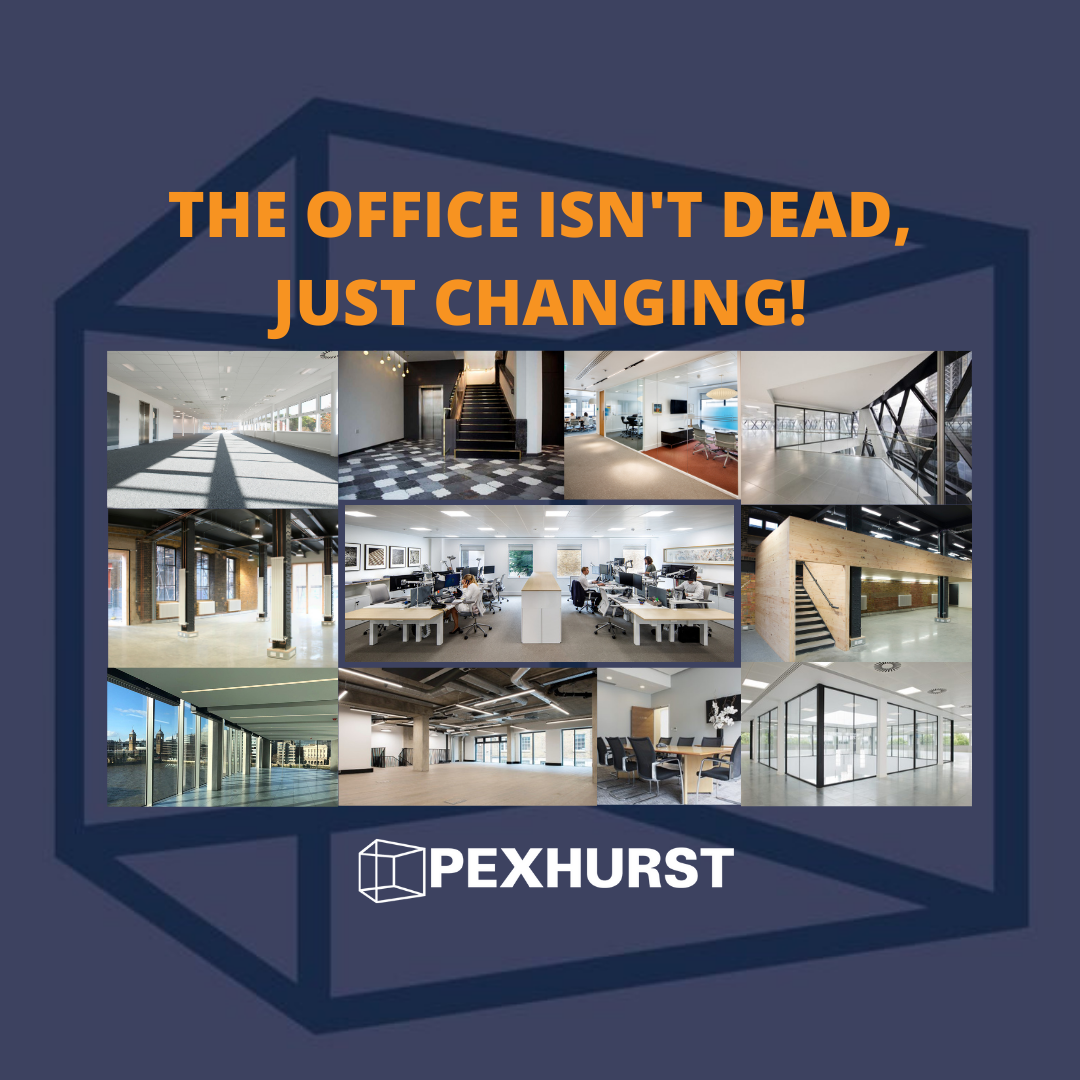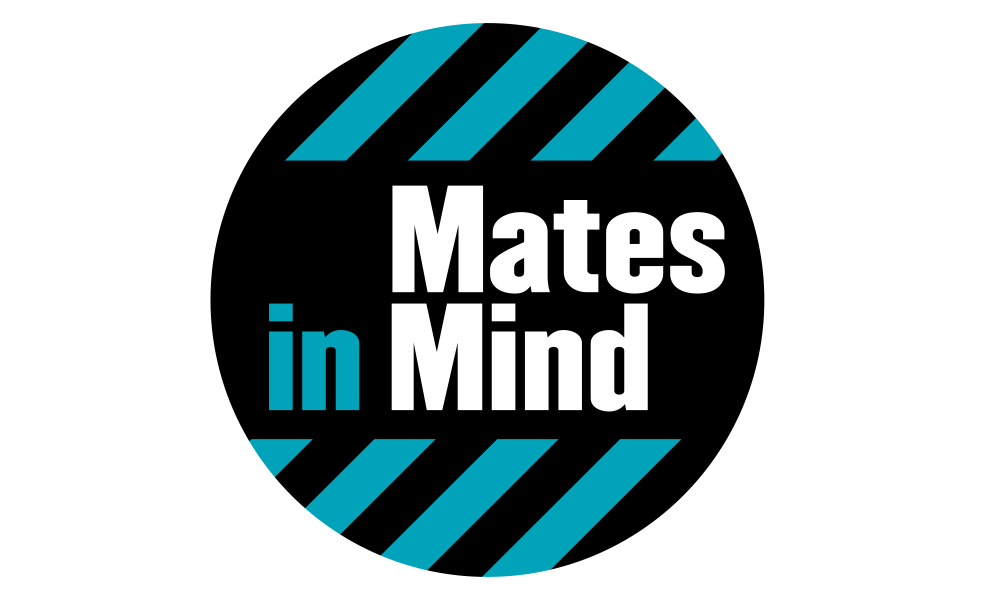
As the coronavirus pandemic continues to change the way we work, the pertinent question appears to be: is the office dead?
At first glance, it may seem that way. Remote working is now well-embedded into workplace culture. Employees and businesses are less dependent on the physical office to perform their jobs and drive success. And tech companies, including Facebook, Twitter and Microsoft are taking note, announcing they are allowing their employees to work remotely forever if they choose.
On the flip side, CBRE’s ‘The Future of the Office – 2020 Global Occupier Sentiment Survey’ (of 126 senior-level global real estate executives – half of which are in the Fortune 500) found that 70% of respondents are confident in setting long-term real estate strategies even amid the pandemic. And despite evidence suggesting that major business hubs such as London will start to disperse, the reality is fewer than one in 10 companies are considering leaving high-density urban cores.
These promising findings help to confirm what we already know- no matter how long the pandemic lasts, the office is not dead. It is, however, changing. In the short term this means introducing a number of measures, such as distributed offices and rotating days, that put hygiene and employee safety at the heart of workplace planning. And in the long term, it is likely many of the trends that were occurring before COVID-19 will be accelerated.
So, what does this mean for the future of the office?
Flexibility at the forefront
Rather than looking at remote working as an all-or-nothing proposition, the pandemic has highlighted that employees prefer a hybrid approach. This means working freely between remote locations and a physical office provided by the employer.
As flexible working arrangements grow in popularity, so too will flexible spaces. The office will function as a place where staff connect, collaborate and meet clients. A recent report by Cushman and Wakefield argued that many large enterprises will likely turn to coworking and other types of flexible workspaces to better support this new working style.
The demand for the hub and spoke model will also grow. As opposed to the more traditional headquarters model where a business operates from a single, larger city head office; hub and spoke offices allow employees to work from either the company’s city hub or a dedicated, strategic spoke location including more regional workspaces.
Designing workplaces for maximum productivity
This is where human-centred design comes to life. Well-designed and thought-out workplaces can help reduce stress, lower the likelihood of workplace injuries, and most importantly increase productivity.
In 2017, a study conducted by researchers from Imperial College London found that applying design thinking to boost workplace productivity by 5-8% could contribute up to £20 billion to GDP.
The research identified six key areas of focus:
- Lighting – improving natural light and the quality of artificial lighting.
- Ventilation/air quality – increasing ventilation and reducing pollutants such as carbon dioxide
- Thermal comfort – including solar overheating in the working environment and enabling an individual to control the temperature of their immediate space.
- Noise and acoustics – reducing environmental noise (roads etc), white noise (air conditioning systems etc), and pink noise (human voice frequency).
- Interaction – increasing the control and self-determination of the office environment, including control of lighting, ventilation, physical desk setup and chosen setting.
- Visual elements – including plants and outside views, nature and materials.
Technology and data to inform workspace design
As businesses adapt and create workspaces that reinforce their brand and value proposition while accommodating to the safety of and changing needs of employees, it is important they are proactive in measuring success and tracking any changes.
Analysing the data that comes from workplace technologies such as sensors, access-badge systems and IT logins, helps businesses conduct analytical assessments of how their workspaces are being used, and to inform improvements or changes to design.
The advantage here is that businesses can measure exactly how their spaces are being used and by whom- with any changes or enhancements being driven by fact. The result is a workplace that is proven to increase productivity and save money.
Follow us on LinkedIn!- https://www.linkedin.com/company/pexhurst-services-limited/










